Time For The Shoe
The days pass and the numbers start to grow. Now, a centipede has arrived. A familiar yet unwelcome sight. The dread kicks in.
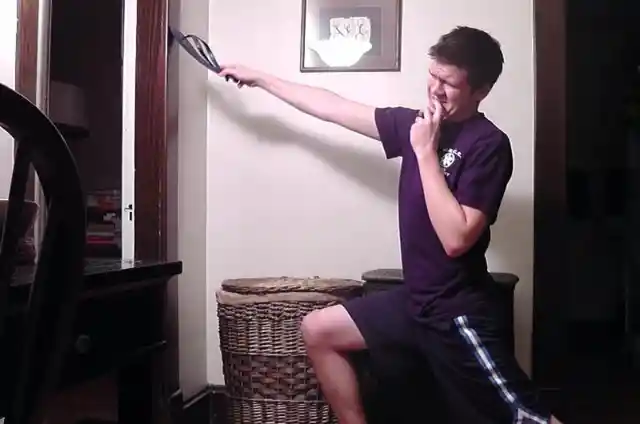

Reluctantly, you reach for the shoe, it’s time. Driven by a mixture of fear, rage, and disgust, you try to kill it, but you don’t know everything it’s done and everything it will do.
Friends Or Foe
Centipedes are creepy. Let’s just face it, they are. They have 30 legs, antennas, and are also poisonous. Ok fine, they’re not too poisonous to humans, but they can bite.


Ok, fine, fine! Their bite only mildly hurts and it rarely happens, but still! They have 30 legs!! They’re gross and it’s hard to think of them as friends, but that’s exactly what they are.
A Harmless Creature
The only way a centipede might harm you is if you pick it up and constantly try to provoke it. Even then, the bite will only produce a small bump.
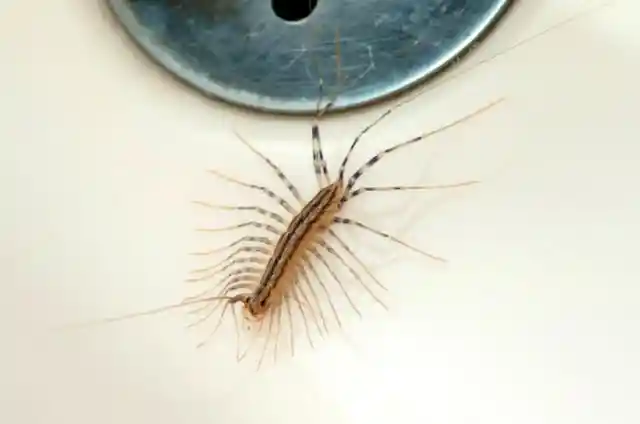
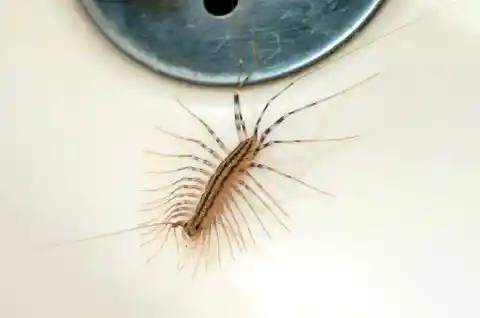
Centipedes save their venom aggression for their prey. To humans, they just want to peacefully coexist with us. They want to live in a friendly, happy environment with us and mostly, they do.
Symbolic Importance
Centipedes are nocturnal, so for the most part, they can roomie-up with their blissfully unaware homeowners. They're also fond of dark, humid climates so you’re most likely to find them in rooms less traveled, like your bathroom or basement.
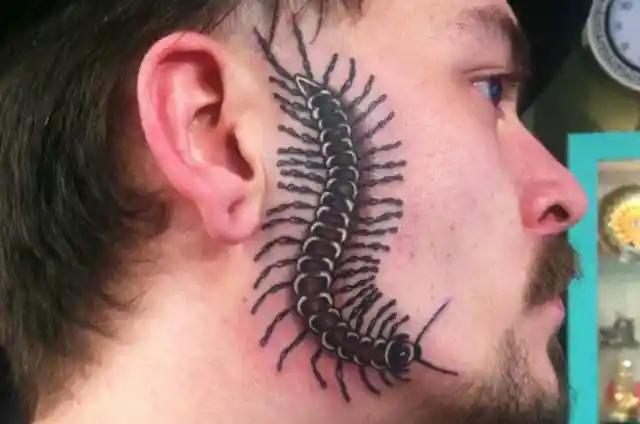
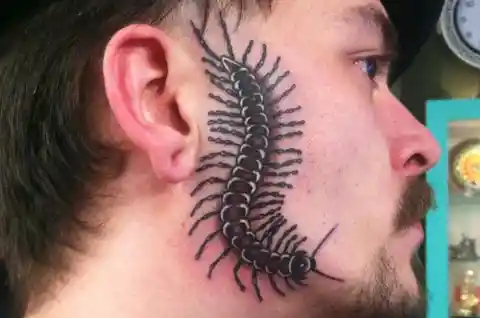
However, sometimes you may also find them tattooed on people's faces and bodies as they also symbolize luck and prosperity.
A Cute Little helper
When a centipede is spotted scurrying about your home, it can be a terrifying ordeal. Especially if you have a fear of insects, otherwise known as Entomophobia.


But here’s a simple trick, just imagine that creepy multi-legged insect is nothing but your cute little teddy helper. Because, once you hear what he’s actually up to, that’s exactly what you’ll think!
A Losing Battle
This trick won’t always work, however, and probably not at the start. So, your instincts take over and before you know it, you're chasing it with a shoe.


Terrified, yet determined, the little guy keeps escaping. Terrified and determined, you keep trying to kill it. It’s a lose-lose game and no life for both of you. Sadly, what you don't realize is that you’re chasing the wrong guy.
Always Watching
A few days later, you go to the bathroom during the night and see something dart across the room. You jump out of there and look back. It’s just that darn centipede again.
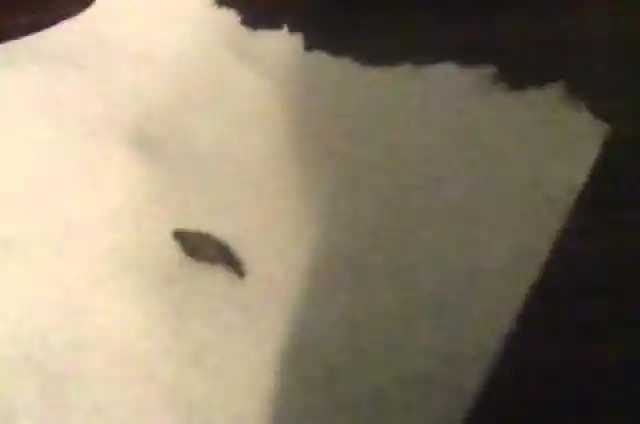
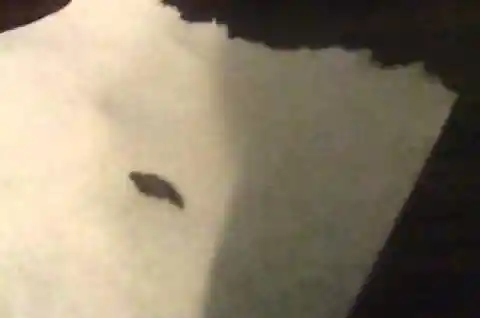
Your imagination runs wild as you start to think: what if it gets close to you while you sleep? You go back to bed paranoid. But the centipede is not after you, it's after something else.
Reaching Boiling Point
The tension between centipede and human is at its boiling point. You want it gone so you come up with a plan.


The centipede has been living in the house for a while now and although you haven’t seen any of his friends around, you’re scared he’s going to start inviting some over real soon. Little do you know, there is absolutely nothing to be afraid about.
A Final Goodbye
You wake up during the night again, equipment in hand, heading to the bathroom, ready to execute your plan. It’s a short battle. You have it cornered. But now, you have two choices: take it outside, or kill it.
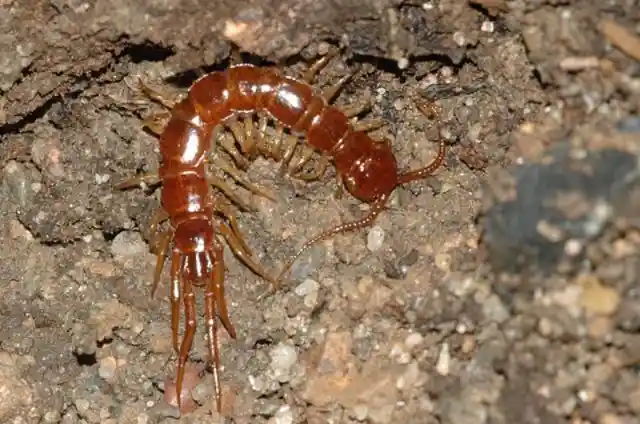
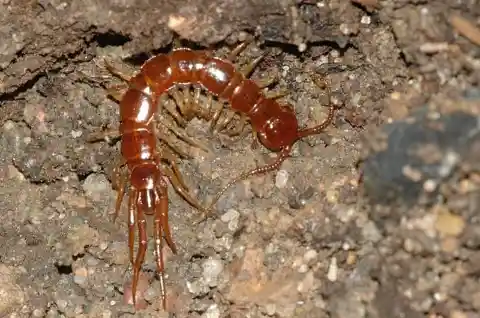
You’ve had enough of this little guy but you don’t think he deserves to die so you take him outside. Job done. Then all hell breaks loose.
A New Problem
Days in, you notice other insects are starting to invade the house again. Suddenly, you realize you haven’t seen these good-for-nothing pests in weeks!
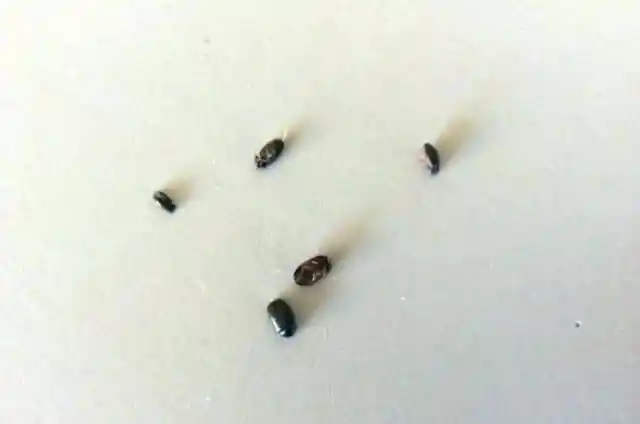
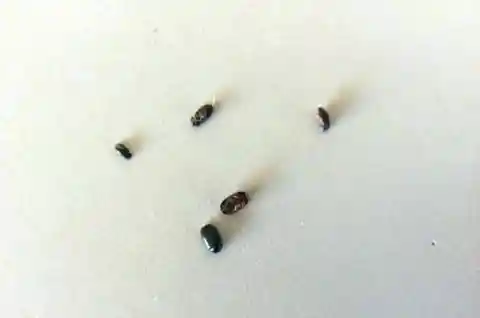
From cockroaches and ants to flies, moths, and spiders. All you need now is another centipede, maybe even the same little guy, but there’s no sign of a single centipede… yet.
Insect Invasion
More days pass and more pests are spotted. Now, a centipede has arrived. A familiar and unwelcome sight. You gear up, getting ready for round two.
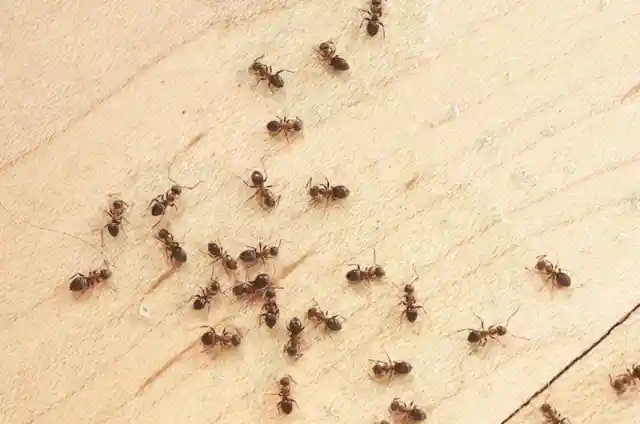
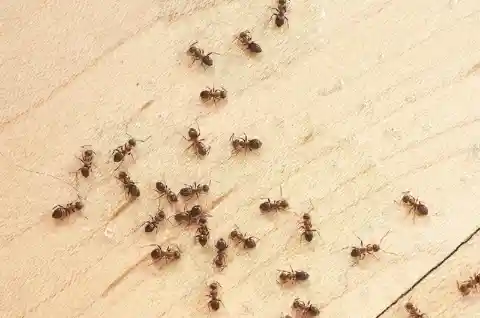
When the centipedes come in, that’s when action is needed. But that’s not very logical or true. In fact, the centipedes are only trying to protect you and your house. And here’s how.
Nature's Pest Controllers
Centipedes are only after one thing, and one thing only. Yup, you guessed it - other bugs! They are nature's very own pest exterminators.


Unlike pest control services, the centipede is not invasive, and won’t put chemicals in the air or turn your house upside down. And there are a few other perks that may surprise you!
An Insect With Manners!
Centipedes don’t feed on wood, destroy clothes, or spin webs. They’re not even attracted to leftover food, just other bugs that are harmful to your house.
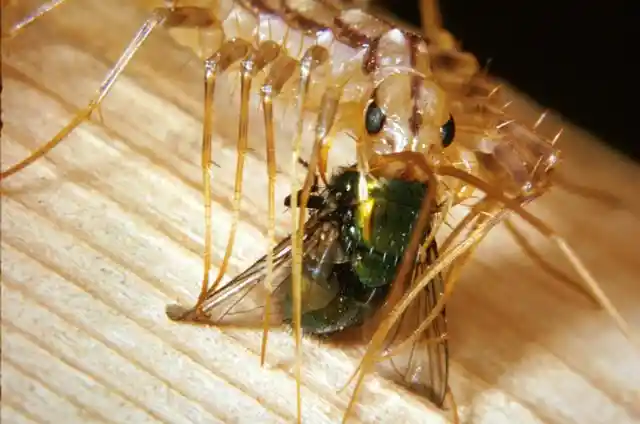
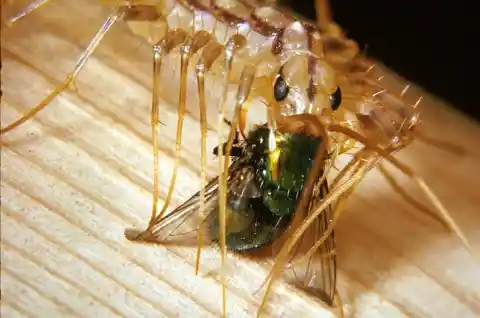
Centipedes are also solitary creatures, so unless you have a big pest problem on your hands that have attracted a few centipedes to your home, they’re not likely to live among other centipedes, so you never have to worry about an infestation. Still not convinced?
The Enemy Of Your Enemy...
If you kill a house centipede, the life you save won’t be your own. It’ll be those of the spiders, roaches, bedbugs, termites, silverfish, and ants all around you.
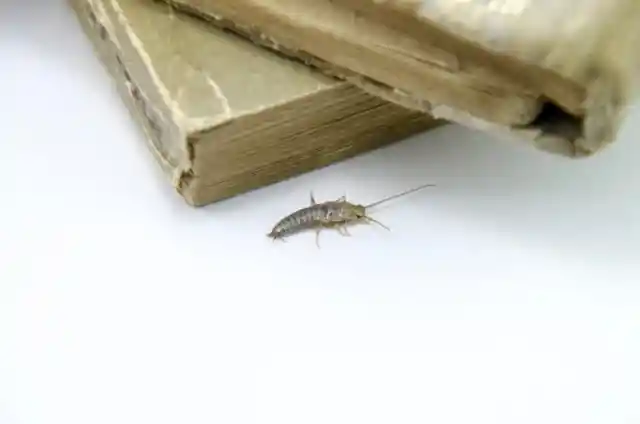
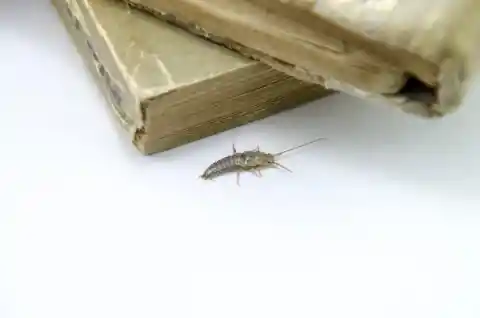
Put the broom down and hang on for a second. Remember the old adage: the enemy of your enemy is your friend. What house centipedes care about and hunt are the creepy things that you’re living with — and make no mistake: you are.
Creep Factor Of 10
Even though they do have a Creep Factor of 10, which can cause even the most rational person to roll up a gasoline-soaked newspaper and set the house on fire, you should leave them be.
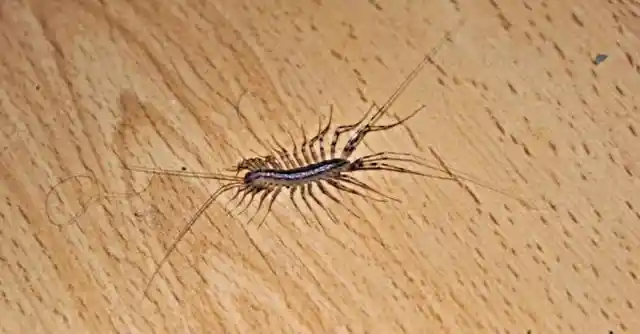
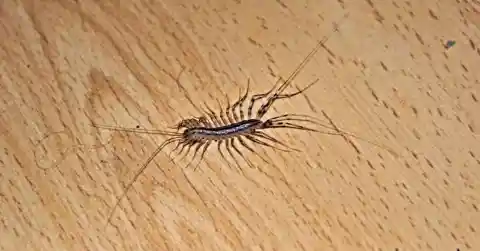
A house centipede is capable of moving 1.25 feet per second, so chances are you won't catch him anyway. Here's what to do instead.
Deal With The Damp
As we’ve said before, centipedes love damp, dark places. So, you might want to invest in a dehumidifier to keep your home dry and free of centipedes. A dehumidifier will also help keep your walls free of mold.
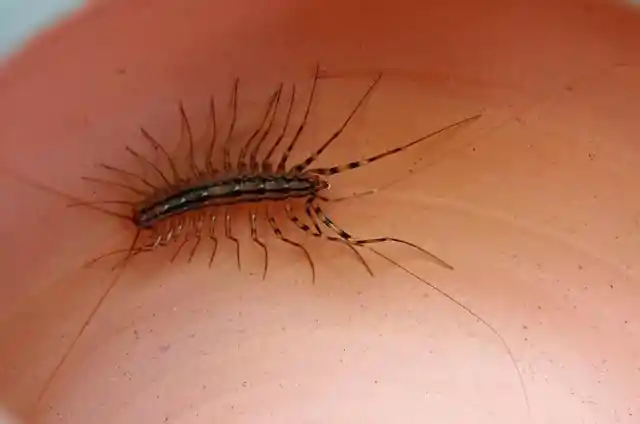
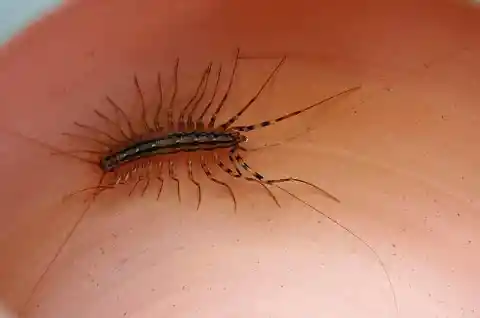
It's also a good idea to clean your house of debris to remove any unnecessary sources of moisture.
Don't Worry Too Much...
If you do allow one centipede to run around your home freely, you don’t have to worry about being overrun by them. Unlike ants or cockroaches, these guys don’t enjoy overpopulation.
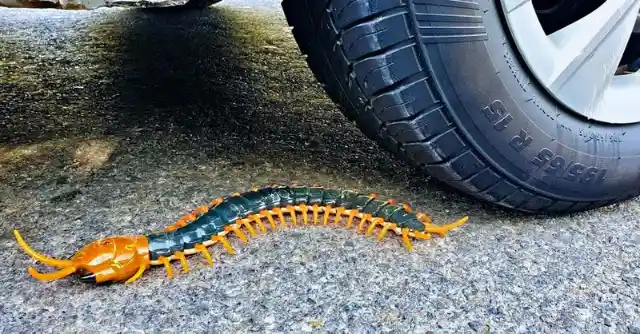
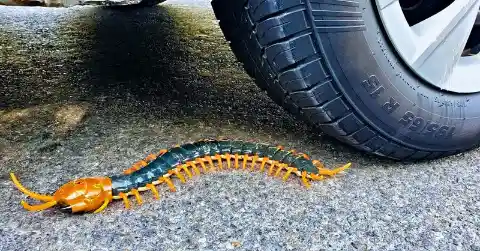
However, if you’re still not happy about these guys running rampant around your home, then you can do a few things to try and keep them away. Start by closing any cracks you may have in your walls and floors. Still not sure?
Healthy Respect
Something that helps calm an irrational fear is to learn more about what you are afraid of - we humans tend to fear what we do not know.
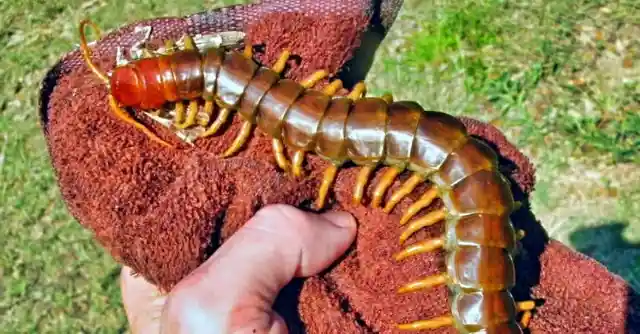
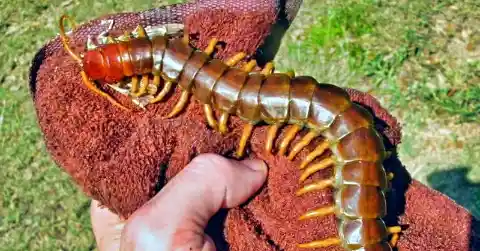
But, when you get down to it, centipedes are actually pretty impressive creatures... are you ready to find out some surprising facts about your many-legged companion?
Smaller Than You Think
The thing about house centipedes is... they’re really not that big. It’s those long legs and their antennae that make them look a lot bigger than they really are.
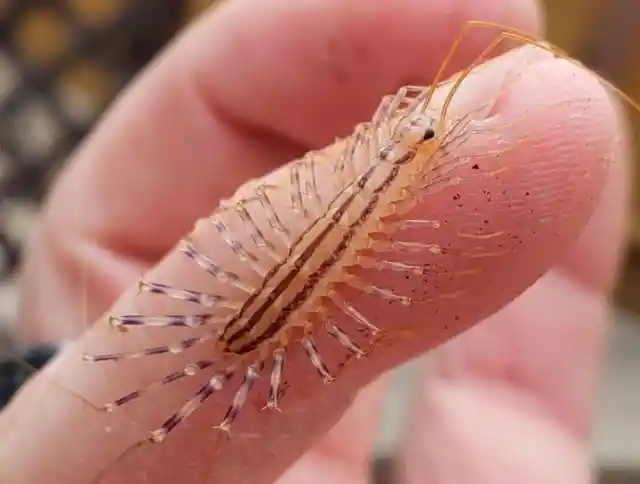
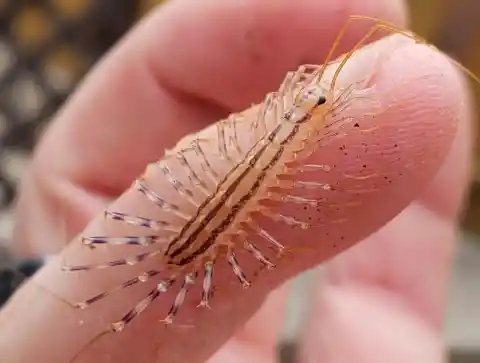
And, although their name means "100 feet," they do not actually have 100 legs... but those legs do some impressive work.
Cowboy Style
Their front two legs double as fangs that are filled with venom to inject their victims with (don't worry, we don't mean you).
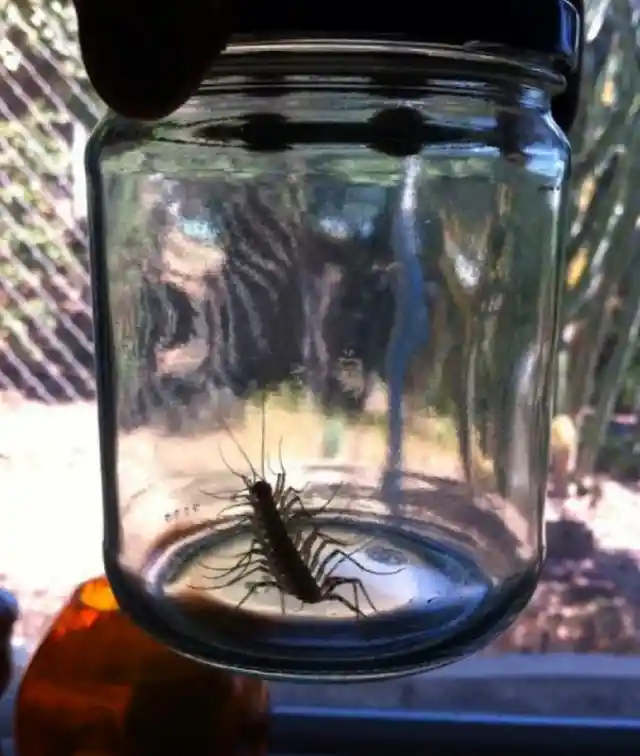
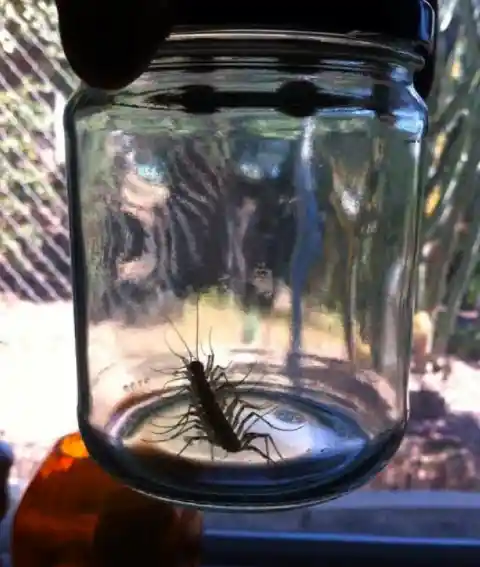
Their other legs allow the centipedes to attack and trap insects. They scoop them up cowboy style... their hunting technique is called the "lassoing method". So, how many legs do centipedes actually have?
...It Depends
Depending on the species, a centipede can have as few as 15 pairs of legs or as many as 191 pairs. However, regardless of the species, centipedes always have an odd number of leg pairs. Therefore, they never have exactly 100 legs.
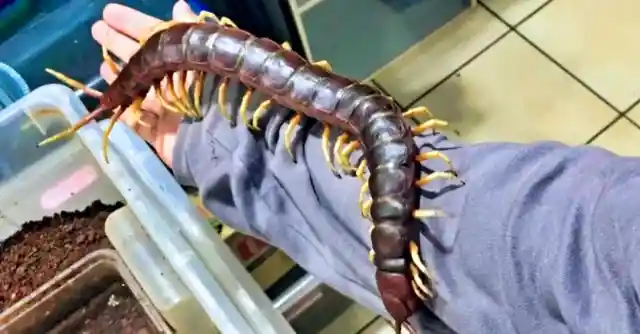
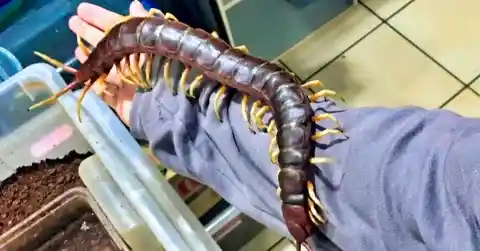
In fact, the house centipede will keep growing legs throughout its entire lifetime. The common house centipede can live as long as five to six years, so that's a lot of legs. But how are centipedes at parenting?
Centipedes Make Good Moms
You probably wouldn't expect a centipede to be a good mother, but a surprising number of them dote on their offspring. Female centipedes lay an egg mass in an underground burrow.


Then, the mother wraps her body around the eggs and remains with them until they hatch, protecting them from harm... how sweet!
They Are Sometimes Kept As Pets
It's surprising but true. There are even centipede breeders, though most centipedes sold in the pet trade are wild-caught. The most common centipedes sold for pets and zoological displays come from the Scolopendra genus.
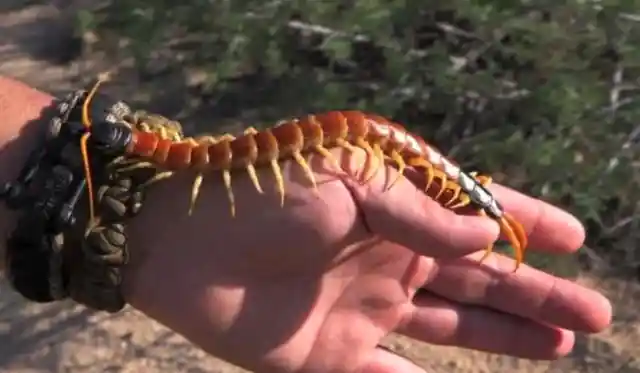
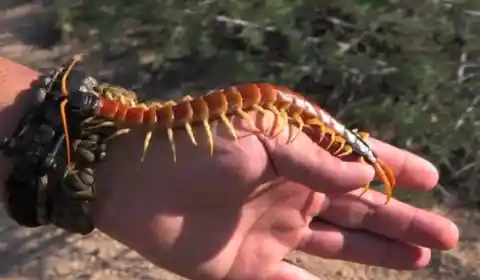
They require a built substrate of soil and coconut fiber for burrowing, and they can be fed crickets, cockroaches, and mealworms weekly or biweekly. There is, however, something to heed about centipedes.
A Friendly Warning!
If you do notice a centipede in your house, however, don’t ignore the warnings they give you. This means that you may have a pest problem in your house that you're unaware of.
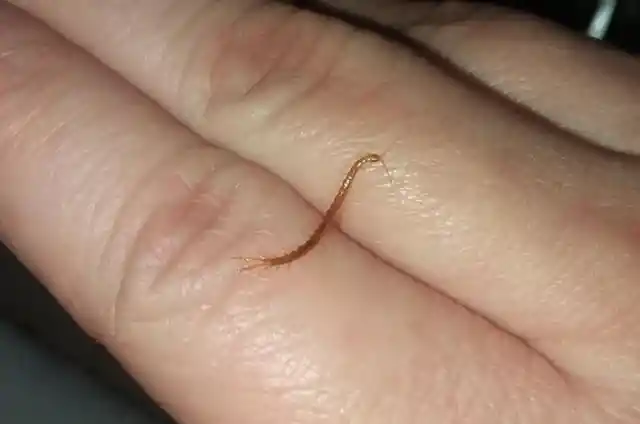
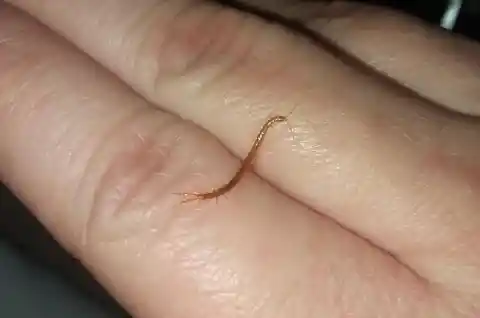
Good news is, you’ve already got a harmless little friend tending to the problem. And all services are free of charge! What a great deal!
The Wild Outdoors
But if you really just don’t want these helpful little guys in your house, then there are some very easy things to do - just take it outside. Whether you do that with your hand or not, is completely up to you.
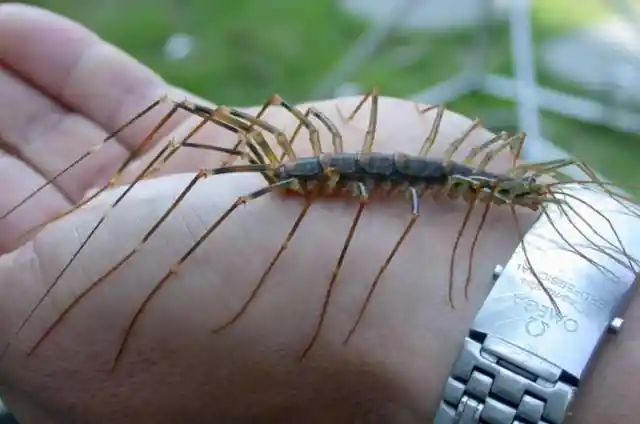
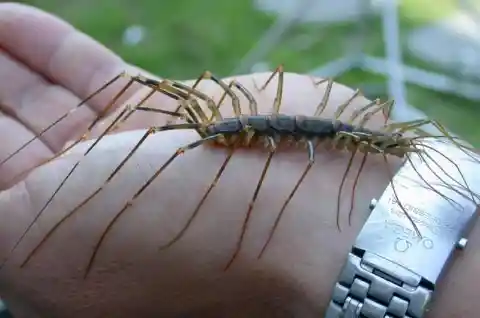
Once it's out, keep the pests it feeds on out too, and make sure to reduce the moisture in and around your house.